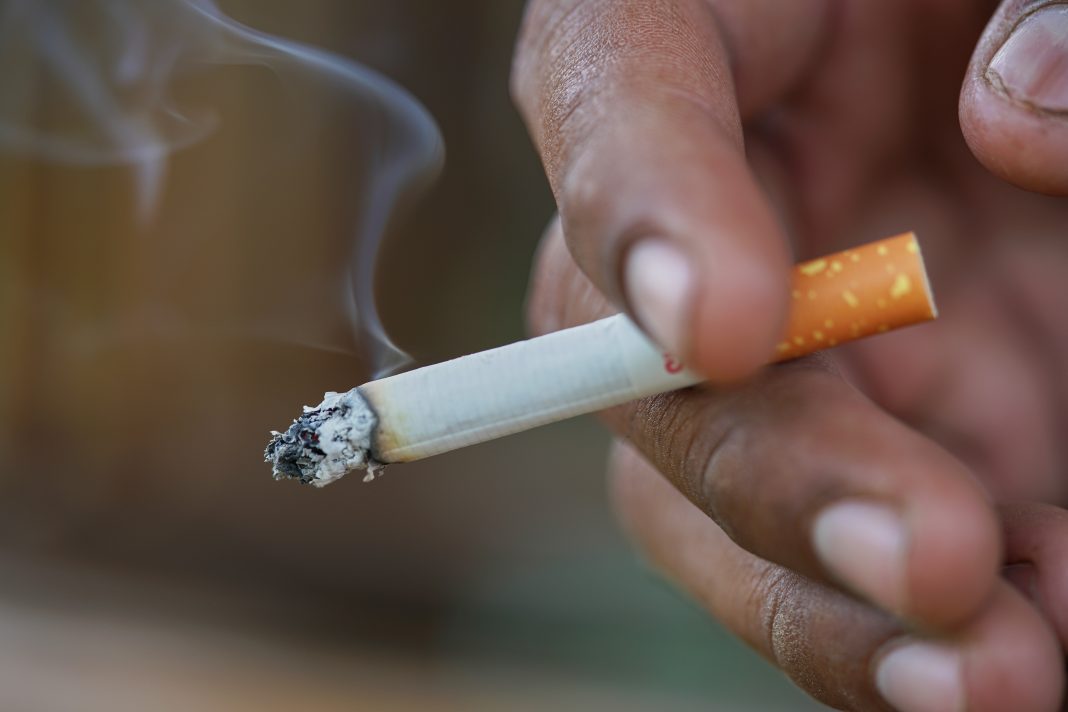A smart necklace that tracks heat signatures from lit cigarettes in real time could help individuals to stop smoking and avoid relapsing
Northwestern Medicine researchers have developed a smart necklace, appearing as a lapis blue pendant, that reliably detects smoking. It has been designed to help those addicted to nicotine stop smoking.
The necklace, called SmokeMon, is more reliable than previous systems. This is because it captures heat signatures from thermal sensors, which allows it to track how much smokers inhale and the time between puffs.
Of course, the aim of the product is to encourage individuals to stop smoking and prevent them from relapsing after they quit
It completely maintains a smoker’s privacy as it only tracks heat and not visuals. This is crucial to designers because it ensures that users feel comfortable wearing it.
‘This goes way beyond how many cigarettes a person smokes per day’
“This goes way beyond how many cigarettes a person smokes per day,” explains senior investigator Nabil Alshurafa, associate professor of preventive medicine at Northwestern University Feinberg School of Medicine.
“We can detect when the cigarette is being lit, when the person holds it to their mouth and takes a puff, how much they inhale, how much time between puffs and how long they have the cigarette in their mouth.”

Why is smoking topography so important?
Smoking topography allows scientists to measure and assess harmful carbon monoxide exposure among smokers.
This assessment allows them better to understand the relationship between chemical exposure and tobacco-related diseases. These include:
- Cancer
- Heart disease
- Stroke
- Lung disease
- Diabetes
- COPD
- Emphysema
- Chronic bronchitis
Secondly, it can help people in their efforts to quit smoking by understanding how smoking topography relates to relapse (going back to smoking regularly), which frequently happens in people who quit.
Preventing relapsing
“We want to catch them before they completely fall off the wagon,” Alshurafa said. “Once they do, it’s much harder for them to quit again.
“For many people who attempt to quit smoking, a slip is one or two cigarettes or even a single puff. But a slip is not the same as a relapse (going back to smoking regularly). A person can learn from slips, by gaining awareness that they did not fail, they just had a temporary setback. To avoid a relapse, we can then begin to shift their focus on how we handle their triggers and deal with cravings.”
“Now we can begin to test the effectiveness of this device in improving the success rate of smoking cessation programs by preventing relapse in smokers who are planning to quit,” Alshurafa concludes. “We will be able to test whether real-time feedback and interventions can be more effective than usual care. “
Editor's Recommended Articles
-
Must Read >> What flavour chemicals are in e-cig liquids?
-
Must Read >> Smoking can cause social isolation and loneliness















